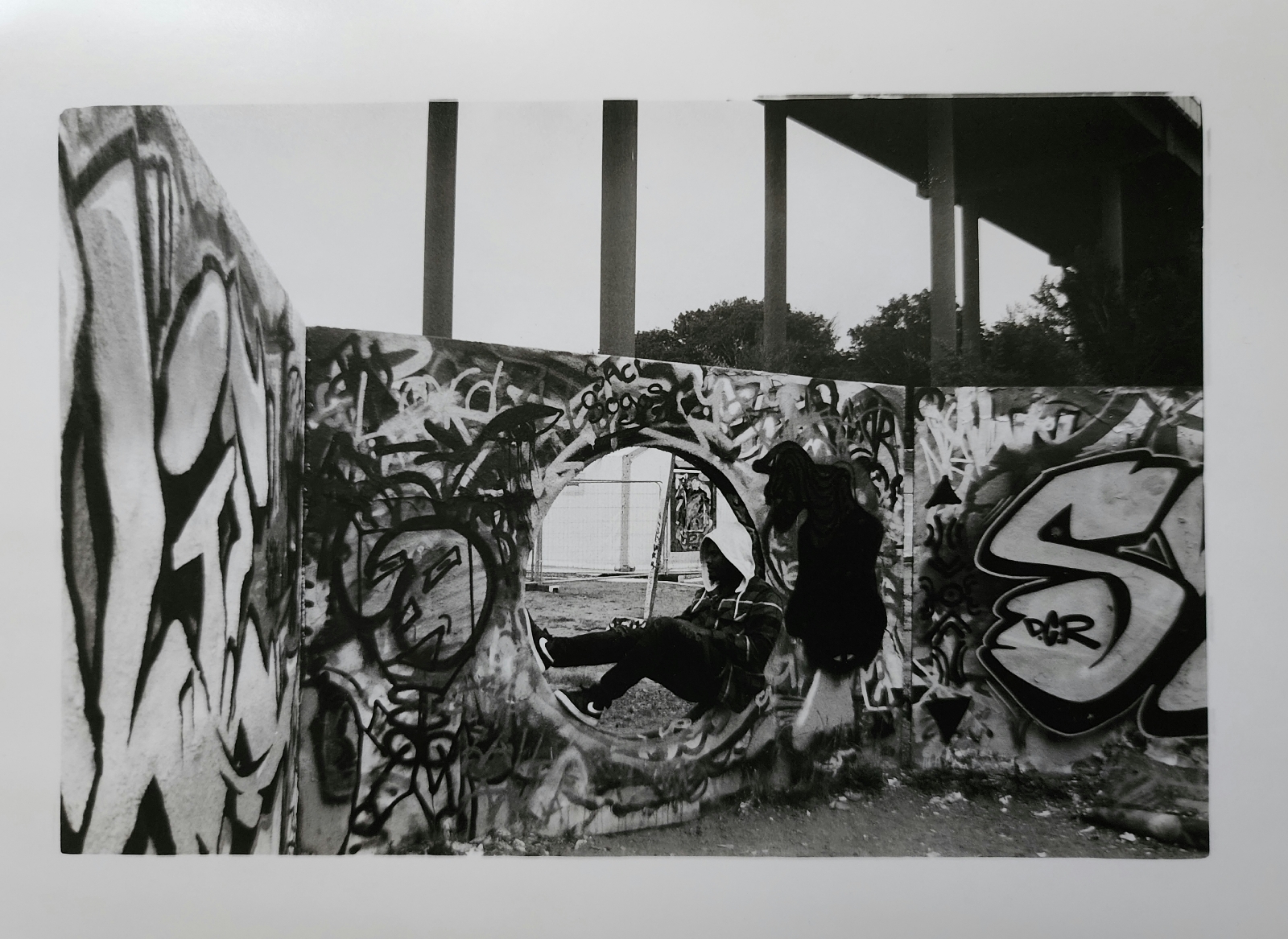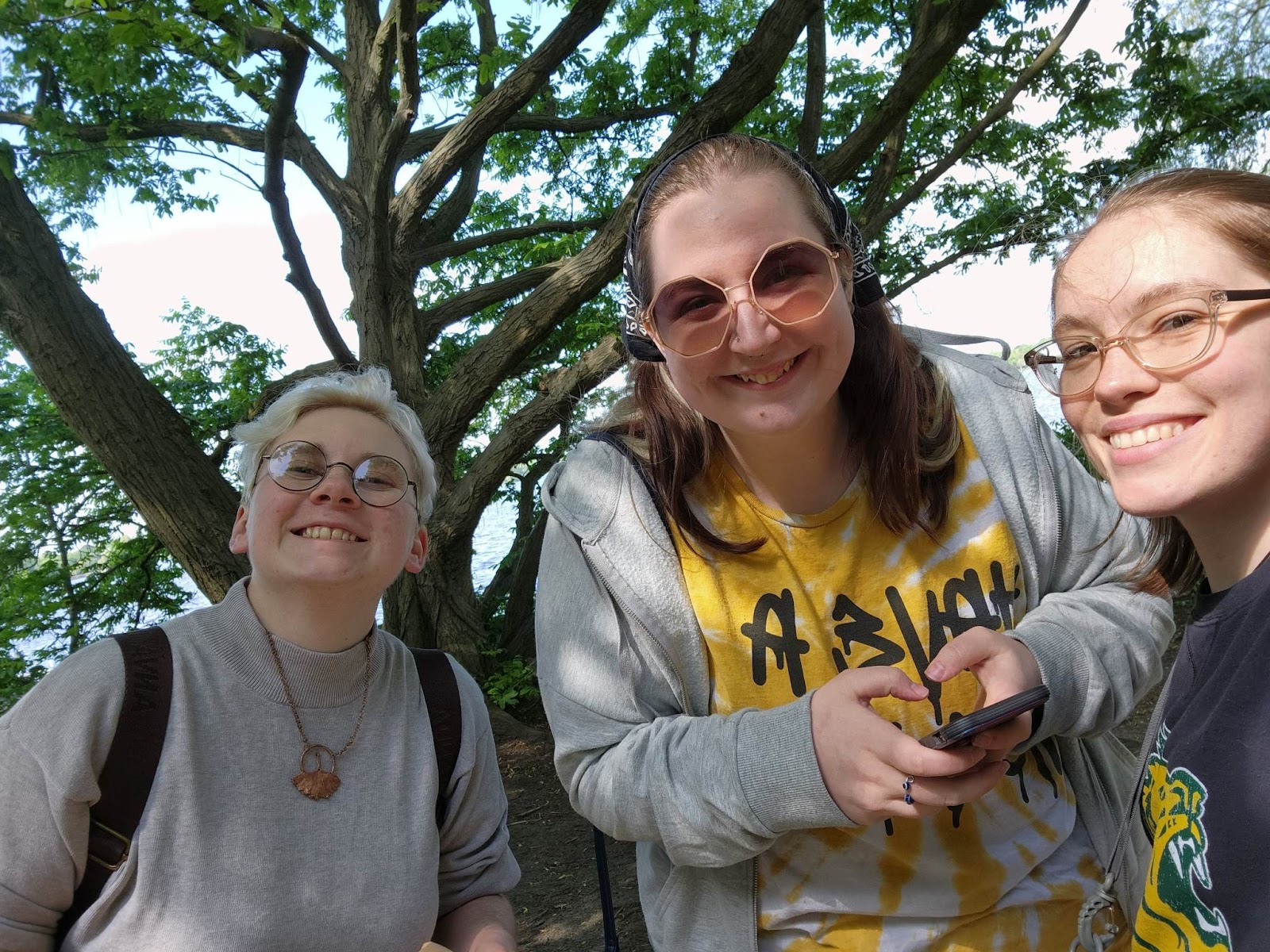Assignment #5 - Oslo
With Oslo being the capital of Norway,
it should be no surprise that it is also the most populous city in the country.
It was founded as an official city around the end of the Viking age and went through
a plethora of names starting with Anslo, then Christiania, and then respelled
as Krisitania before circling back to its roots to be dubbed Oslo in 1925. The
reason for this begins with a fire that destroyed the town of Anslo in 1625,
prompting the king at the time, King Christian IV, to build a new city closer
to Akershus Fortress, naming it after himself. The old village site had not
been completely abandoned however and it continued as a suburb outside the city
gates. This suburb, called Oslo, was eventually included in the city properly
and would eventually become its namesake. This metropolis nowadays is the governmental
and economic center for the country, and is also a large hub for Norwegian banking,
shipping, trade, and industry.
While visiting,
my compatriots and I took the time to visit as many historical and culturally
important areas as we could, and we began our self-guided tour with the
Vigeland Sculpture Park, which is within Frogner Park, the largest public park
in Oslo. While Frogner hosts other attractions within its grounds such as the
largest collection of roses in the country with over 14,000 plants of 150
species, the sculpture park is what draws most people in. Vigeland Sculpture Park
is the world’s largest sculpture garden created with the work of a single artist,
Gustav Vigeland. This park is one of Oslo’s top attractions and draws in over one
million visitors per year. But really, who could say no to an absolutely stunning
sculpture park with free admission that’s open 24/7 when in Oslo? The park
itself holds over 200 individual sculptural works made in granite, cast iron,
and bronze, each showcasing a different representation of the human cycle of
life and all of the emotions they share.
The Monolith
is a gigantic sculpture that clocks in at over 55 feet in height and depicts 121
different human figures climbing on top of one another and clinging to each
other. The very top of the monolith has only children on display, while people
of every age are found throughout the rest of the column. Every stage of life
is thought to be included in this work, and every figure is naked. Among the
many figures that seem to reach higher through the dense cacophony of stony
flesh, Vigeland himself can be found amongst the bodies. This sculpture is in
the center of the park, surrounded by other, smaller statues of stone,
approximately 36 of them all in different positions and symbolizing different aspects
of human life, including both the hardships and blessings that come with it.
Fathers
dance with their daughters, mothers hug their children, and a guy struggles to
handle four toddlers as this row of sculptures lead from the entrance of the
park to the fountain. The Bridge is arguably the second most important sculptural
piece within the park, with a total of 58 bronze statues on display showcasing
men, women, and children of varying ages. These pieces were some of the first
sculptural works Vigeland created for the park, and this set of statues alone
took eight years to complete between 1925 and 1933 before being placed in the
park in the early 1940s. Some of these pieces depict only adults, but a good
amount of the pieces include children, as the dominant motive within all of
Vigeland’s work is the child’s figure.
Vigeland
worked on the park for the majority of his life before his death in 1943, only six
years before the park’s completion, and is known as Norway’s most celebrated
sculptor. He was so beloved and respected by Oslo that he was able to convince
the city to build him a home and studio in exchange for a promise to donate all
of his works to the city. After his death, his home was turned into the
Vigeland museum where people can still visit today. While most his work can be
found in the sculpture park, other pieces are scattered throughout the city, three
of them are even near the Royal Palace. Though Vigeland was credited for the ideation
and subsequent creation of the park, he was not the only sculptor working to
make that dream a reality. He was the head sculptor of course, but other
sculptors working on the project continued working with his best interests in
mind until the park was finally ready to be viewed by the public.
Some critics find his sculptures
odd, eccentric, or disturbing, and they would be right. Not all of Vigeland’s
sculptures were meant to glorify the human experience, in fact, many of them
are there to document the fact that not everything in life is happy-go-lucky.
Life can be painful and full of fear, but life can also be merry and carefree.
The human experience is different for everyone, but some staples stay the same
between thousands of individuals. Birth, life, pain, strife, gratification,
frustration. We all feel emotions, and we all share this planet with one
another. The human experience may differ between people, but our humanity is
what brings us closer to each other.
Sharing the human experience,
Eli Goodwin












Comments
Post a Comment